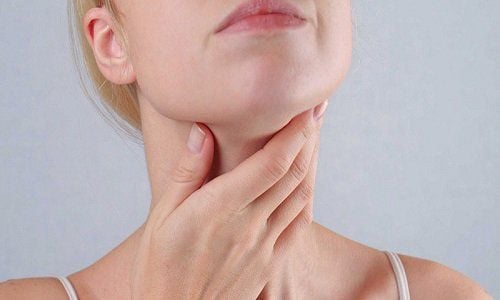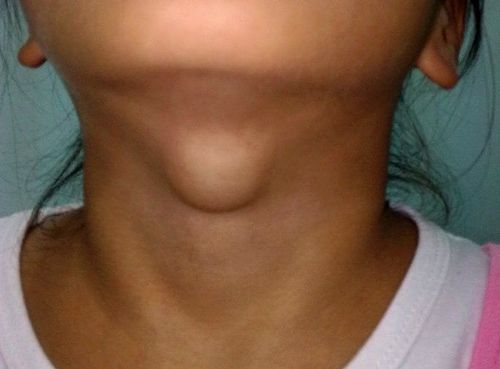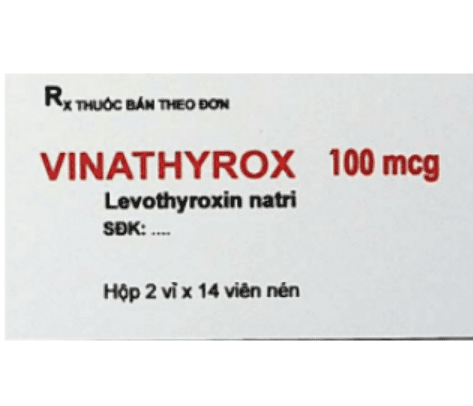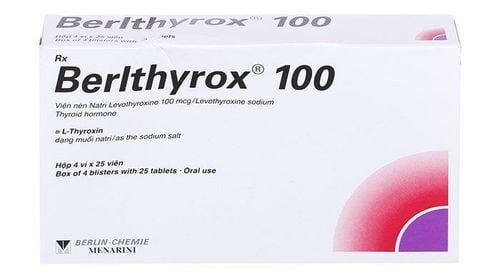This is an automatically translated article.
Did you know that the body's metabolic activities are controlled by a small endocrine gland in the anterior region of the neck. It is the thyroid gland and most people do not know it or do not know what the thyroid gland does in the body. In the video below, Specialist Doctor II Le Thi My, Director of the Center for Thyroid Diseases, Vinmec Times City International General Hospital shares the signs of thyroid tumor pathology and how to self-examine thyroid at home. .The content is professionally consulted by Specialist Doctor II Le Thi My, Director of Thyroid Pathology Center, Vinmec Times City International Hospital
1. Learn about thyroid nodules
The thyroid gland is an important butterfly-shaped endocrine gland in the neck region and it produces hormones that help regulate the metabolism of various organs in the body.Nodules - nodules, also known as thyroid nodules, are fairly common lesions in the thyroid parenchyma (~50-60%) and can affect thyroid function. Approximately ~95% of thyroid nodules are benign and 5% are malignant or cancerous. Thyroid cancer is one of the most common cancers of the endocrine system. Therefore, early detection - diagnosis and proper treatment will bring high efficiency.
Usually a thyroid tumor when small (less than 1cm), you will have no symptoms and do not affect your daily life. At this time, the tumor can only be detected by ultrasound. However, when the tumor grows to more than 1cm, you may have some of the following symptoms:
Detecting a large neck, or palpating the mass in the neck. Hoarse voice. Prolonged cough. Difficulty swallowing, choking. In some cases, tumors can cause symptoms of hyperthyroidism: hand tremors, tachycardia, increased sweating, nausea. For malignant thyroid tumor, it may be accompanied by: lymphadenopathy in the neck, weight loss.

U tuyến giáp và những điều cần biết
2. How to self-examine thyroid at home?
If you are having symptoms of thyroid tumor above (large neck, hoarseness, persistent cough, choking, difficulty swallowing, swollen lymph nodes, weight loss, etc.), you can perform self-examination. Check your neck in a simple and easy way at home to detect lumps or thyroid problems early.All you need is a mirror and a glass of water. Take a close look at your front and bottom neck, then tilt your head and neck slightly back and take a sip of water, swallow, and observe your neck.
Next, look and see if there are any protrusions at the bottom of your pharynx when you swallow? If you see a bump or anterior lower neck area is larger than usual or you feel that something is not right, see your doctor right away to have your thyroid examined, consulted and tested.














